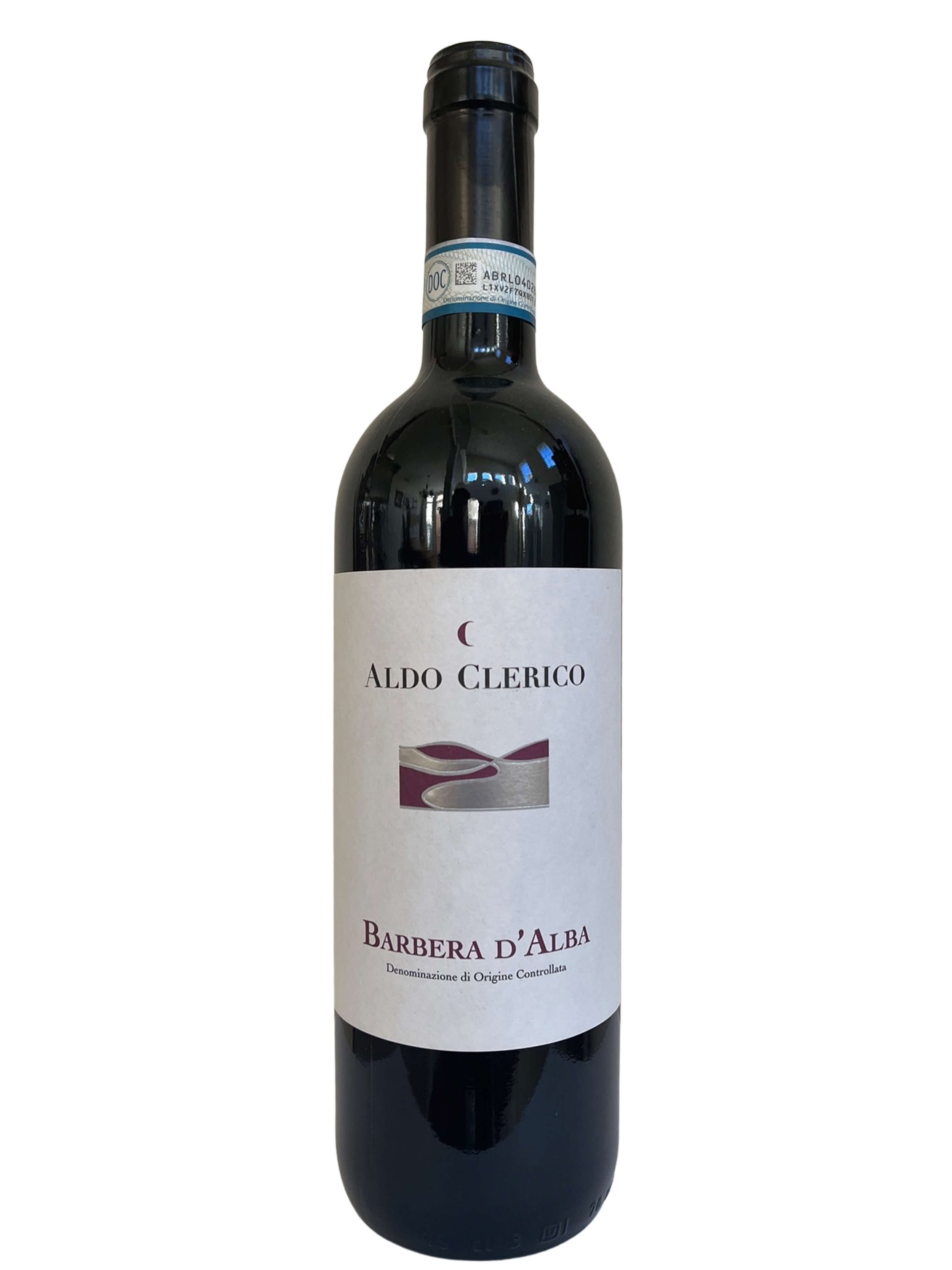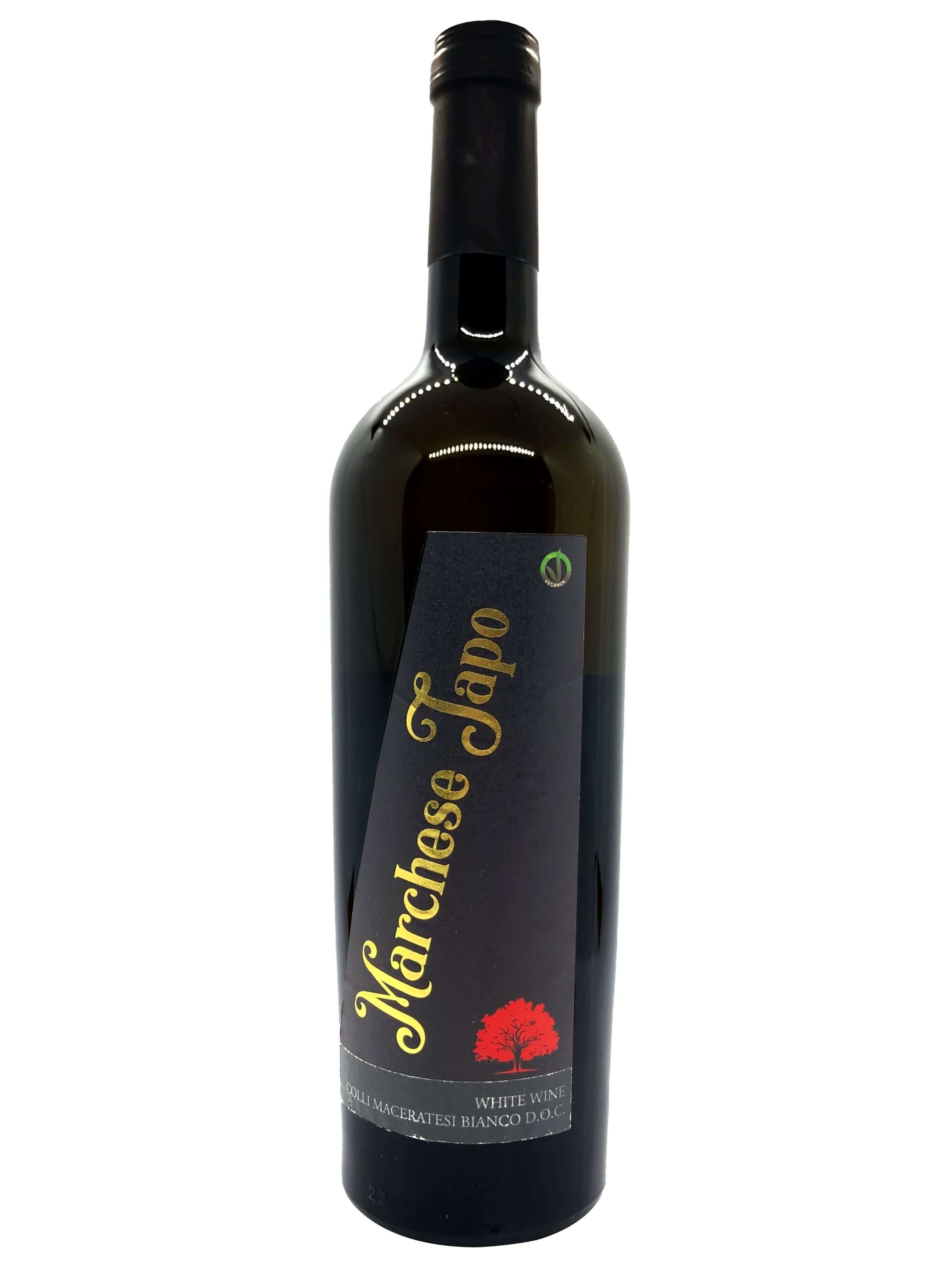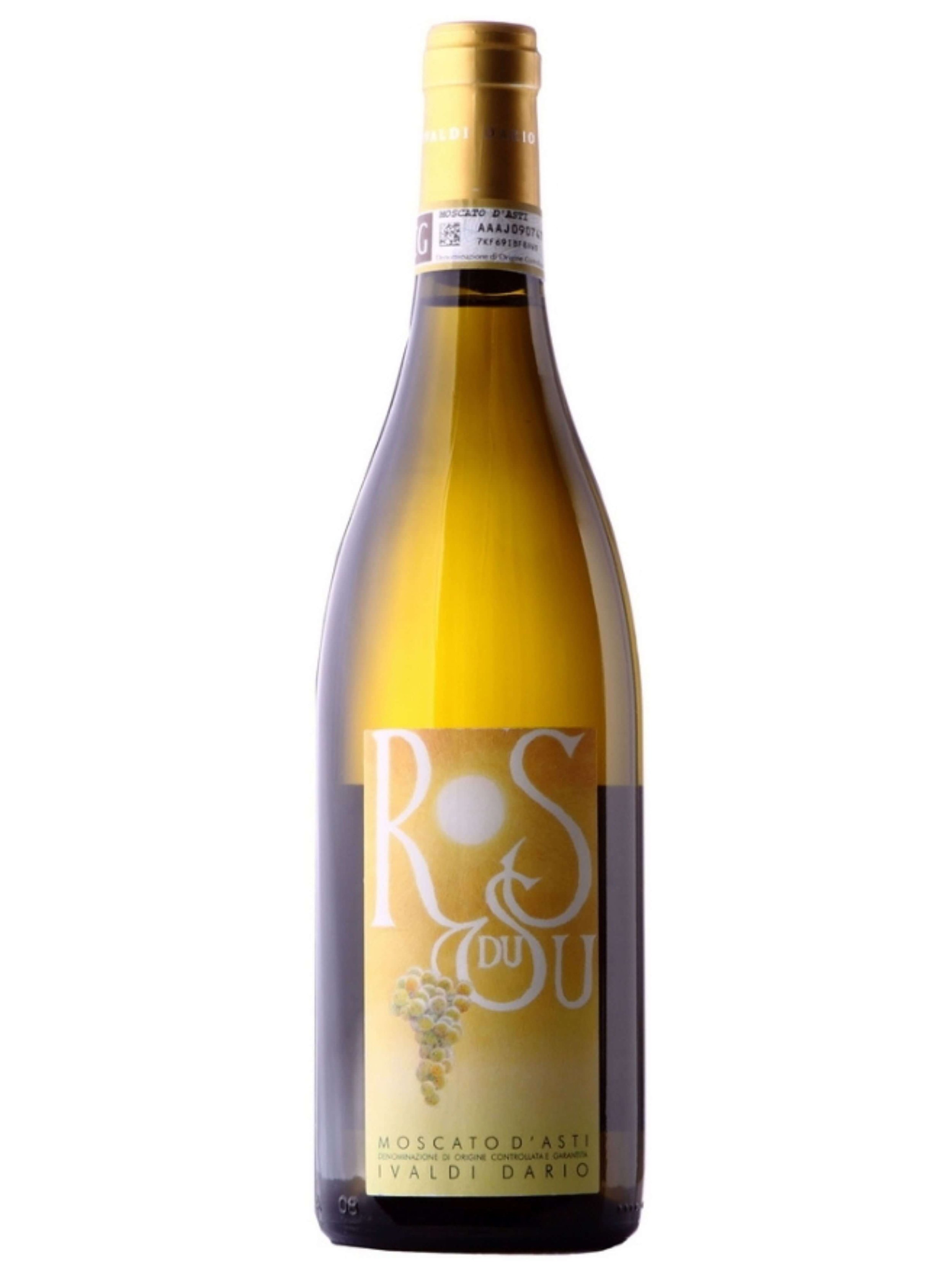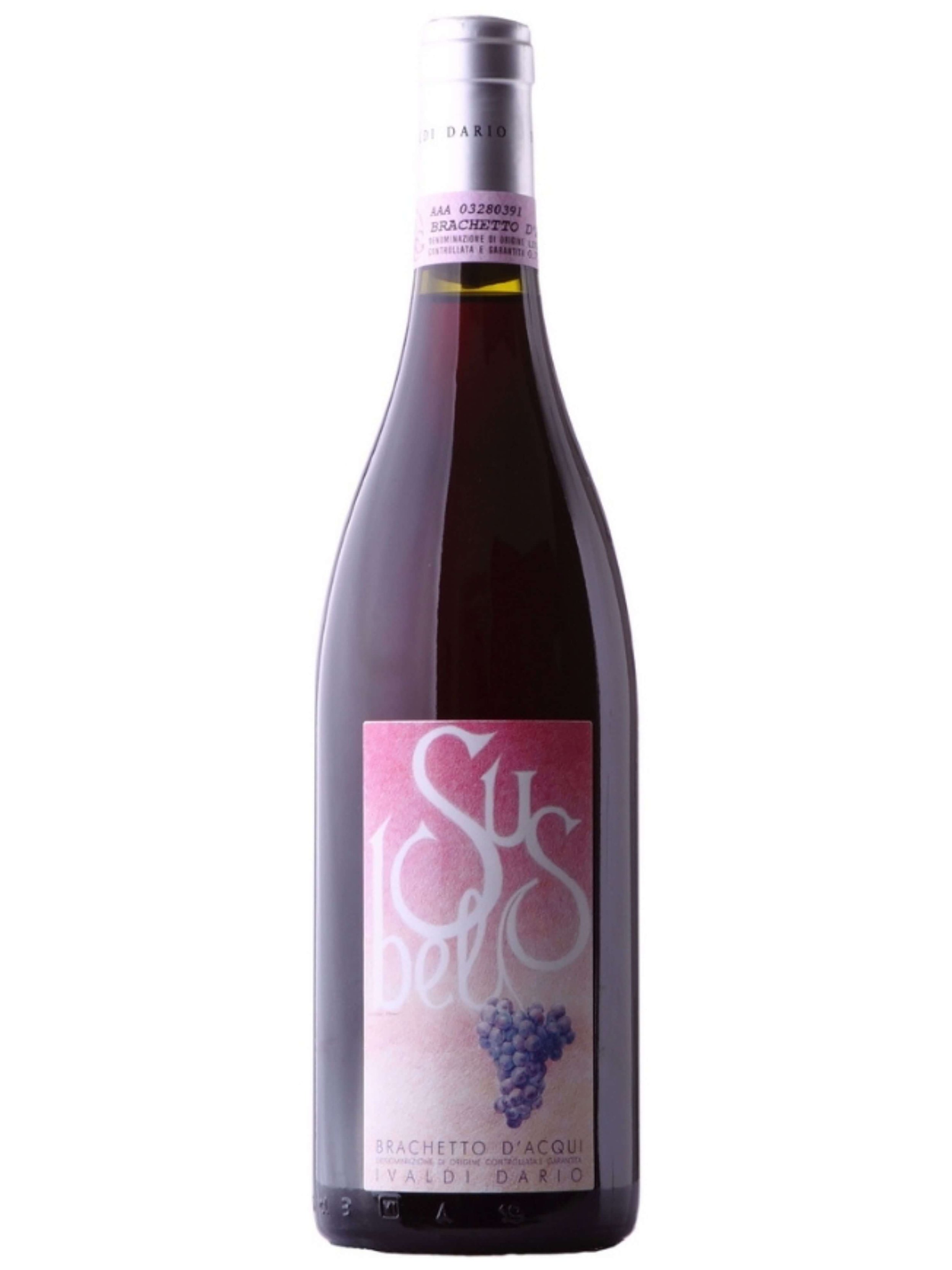The Quest for Balance
Nature has a way to maintain balance, like these palm trees which miraculously keep their balance amidst the strongest of winds.
Modern life is like a juggling act. Let’s say, in this digital age with information, all most too much, always at our fingertips, filtering out the “noise” to determine what discoveries to keep versus what to put aside or ignore is becoming the ultimate challenge to a more fulfilling and better quality of life.
Not to wax metaphysical here… but balance is all around us. It’s in our work, our play, and yes, it is on our dinner plates and in our wine glasses. And balance is good; balance is necessary.
When balance is out of whack, we find ourselves stressed juggling personal and professional obligations. Every day is a test on our ability to manage business, social life, and family in such a way to bring us pleasure. And, as many can attest, that is not always easy. Entire self-help guru careers have been launched around the concept of “curating balance” in your lifestyle.
Like the quest for balance in life, chefs, sommeliers, and foodies seek how to curate balance on your palate. The concept of “balance”, be it gastronomically or in wine, is often approached with an “it’s there or it’s not” approach. Yet, it is rarely explained what “it” is, and how you can curate “it” yourself. After all, just as in life when things are not properly balanced, unbalanced dishes and wines are not pleasant experiences.
What is Balance?
According to Merriam Webster, balance is, “an aesthetically pleasing integration of elements” or “equipoise between contrasting, opposing, or interacting elements”.
Balance is more than just one aspect of life, it is the intersection of many; food, wine and peace.
In regards to wine, as per our wine lingo guide, balance is about aligning the natural components of wine, like acidity, tannins, sweetness and alcohol, all on a similar scale. This is “a lot like Goldilocks, searching for the ‘just right’ amount of each in relation to each other.” When the “just right” balance is achieved its like a yin-yang effect. “In fact, one way to recognize a balanced wine is its drinkability: an unbalanced wine might become difficult to continue drinking after a while, or you might get tired of it, while a balanced wine normally is one you want to keep sipping and sipping and sipping.”
Really, the same concept of balance goes with food and life in general. Imbalance causes stress, be it in on our palates or in our bodies. The key is to find the place where things intersect. Where flavors, textures, mouthfeels, and stressors all cancel each other out, leaving only cleanliness and peace. We will get into the science behind why this works in a minute, but think how greasy foods taste so much better with bubbly drinks or wine alongside. Or how binge-drinking too much is certainly not healthy, but enjoying alcohol in moderation with mindful drinking is a balanced solution to enjoying wine without the excess drinking. In travel too, we find that rather than follow a hectic pace, fighting in lines or for seats, if we go off the beaten tourist path, we find often more authentic experiences, for a trip balanced between beauty and exploration, without the stress of crowds.
With balance, we finish an experience, a glass, a meal, feeling fulfilled. Our palates are filled with good flavors, but not over saturated so that we cannot taste our delicious wines. Our glasses are empty, and again, our palates reminiscent of the flavors, but mingled pleasantly with the food. We come home from a trip, or from an event, or work, relieved yes, but stress free. In the end, finding balance is about building pleasure into every bite, sip, and experience. After all, there are few pleasures in life than a well timed sip of wine with a well paired dish: leaving your palate inexplicably empty, clean, and ready for more.
Let’s Explain with Science
The reality is, our olfactory and gustative systems (i.e., sense of smell and sense of taste) along with mouthfeel are all so tightly linked that they act as one and the same in the tasting process:
The sense of taste is directly connected to our brain via sensory cells in your taste buds. Your sense of taste is triggered when “food compounds activate these sensory cells which allows your brain to detect a taste, like sweetness.”
The sense of smell comes to play while we drink, chew and swallow; our throats and mouths move in such a way, that as the food and drink hits the back of our mouth and enters into our throat and esophagus, the aromas from it move upward into our sinuses and nasal cavity, providing a wave of aromas.
The odors from your sense of smell then combine with the taste sensation you get from the taste bud sensory cells and these 2 combined send messages to your brain. What you get as “output” from your brain is “flavor” which includes taste and odor.
Along with sense of smell and sense of taste, there is another sensory component which is tactile sensation, i.e., how the drink and/or food feels in your mouth. This is often referred to as mouthfeel or texture. Mouthfeel combined with flavor are deciding factors in the overall judgement one places when eating and drinking.
The importance of your sense of smell and mouthfeel in deciphering the overall “flavor” and tasting experience is often overlooked; yet, the interaction and neurological interpretation of aromatic compounds and mouthfeel textures within our interconnected nasal and mouth cavities are an integral part to determine pleasure or enjoyment from eating and drinking.
Remember how when you were a child and Mom or Dad would pinch your nose to help mask the flavor of your nasty tasting food “medicine”, e.g, broccoli? That was done to block the retro nasal aromas. Likewise, think of when you have a cold, or stuffy nose, and all the food you eat tastes bland, i.e., has no flavor.
They say that wine tasting, along with wine and food pairing, use more of your brain activity than any other thing we do. It’s not surprising thinking of all of the bodily functions that are working together with our brain to assess, recognize and make a conclusion of what we are actually experiencing in that moment.
Balance in Wine and Food
So what does this mean for balance?
It means that to correctly consider balance in both food and wine, whether together or separately, we need to consider two factors: aroma and texture.
Wine and food pairing is both an Art and a Science as we describe in this article. Essentially, different elements of food and wine, like taste, aroma and textures, should be matched either in complementing or contrasting ways:
Complementing elements are things like intensity, persistence, finish, sweetness;
Examples contrasting pairings are when opposites attract, like pairing astringent acidity with grease or fat, or succulent, juicy foods with tannic wines.
Notice something about these divisions?
The complementing elements are flavor based. They are the elements that are more tied to aroma, retro nasal activity, and what we associate with flavor.
Whereas our contrasting elements are more texturally based. Fattiness, tannins, effervescence, saltiness are all examples of textures and mouthfeels we experience in food and wine.
Now, tying all of this together and wrapping in balance; finding balance is about focusing on our contrasting elements, or our textural elements. You can think of this as cleansing your palate: by balancing contrasting elements, they will blend together to make sure that no one texture gets tiring, or overpowering:
Just like in wine, balanced dishes are easier to keep munching on and eating without ever tiring out your palate.
Think about food, like mixing a creamy greek yogurt with an apple pie filling. The creaminess of the yogurt is like having yogurt on top of an apple pie, softening and blending with the sweet flavors of apple, cinnamon and sugars. Or how a dash of lemon juice or vinegar in a sauce takes it from overpowering to delicious.
The Role of Acidity & Sugar
A naturally balanced wine is one like this Lugana wine which has a natural balance of acidity and natural sugars.
There is 1 exception to “the rule,” which is that of acidity and sugar.
Note we don’t use the world “sweet”, but rather we refer to the chemical compound of sugar that is present in wine, which refers to the perception of sweetness via the role of sugar in wine. When crafting food and wine pairings, a sweet food with sweet wine is generally recommended, keeping in mind that a “good” sweet wine needs acidity to balance out the sugar in the wine and to leave you with a cleansed palate after drinking. In this case the presence of sugar and acidity are contrasting elements, yet are required to create balance in the wine.
Residual sugar is a common tool used by winemakers to help temper excessive acidity and to make a rounder or more balanced wine, as we discussed in our article “It’s the Sugar Baby”. This technique can be so effective that one can end up with a wine that has more grams per liter of sugar than Coca Cola, yet the wine does not taste at all sugary sweet like a soda. This, is one of the best examples of a great balance; sugar and acidity when properly “mixed” lessen the over powering effects of each other. One without the other is too much, but together they are perfect.
After all, isn’t that what balance is, where food, wine, pairing or life? Mixing and matching “too much” to create “just right”. Without the bad, we cannot appreciate the good. Without the stress we cannot appreciate peace. Without acidity, sugar is too much. Without tannins foods are overpowering. Without balance, life is too much.
Fill Your Glass with Balance
That is why one should search out balance wherever and whenever it can be found; and maybe that is the peace you find in your glass of wine. Our selection of “Goldilocks Wines”, or wines that are pleasing for a large array of palates are based off of well-balanced wines. We exist to allow all Americans, across the US, from businesses to consumers, to experience the pleasures of farm to glass wines, and how can you get your hands on this and other hidden gems we forage for?
If you are a distributor reach out to us introduce our highly curated portfolio of one of a kind small production wines to your state.
We sell to wine stores and restaurants in certain states - contact us to learn more.
If our farm crafted natural wines and olive oils are not in your local shop or restaurant, buy wine online here, and we’ll ship it to you, including wine gifts.
We also have an award winning wine club for true wine explorers that are seeking to continually discover unique, sustainable and authentic small production wines they never had. These are wines selected by our sommeliers and curated for each box.
We do corporate gifts and sommelier guided wine tastings. Email us and we’ll tailor unique and sustainable corporate gift ideas.















